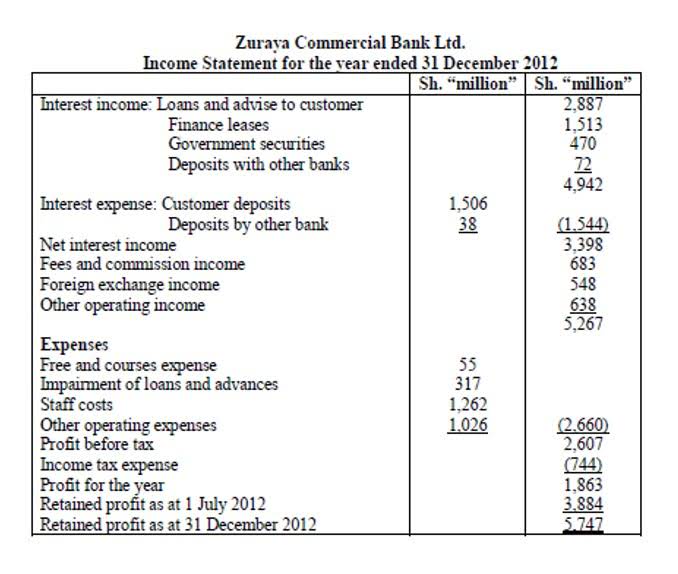Reading: Annuities: Future Value of Annuity TEJU finance

A $100,000 fixed annuity with a 4.5% interest rate and a 10-year maturity period could pay as much as $926.07 per month for a 65-year-old man or $802.59 for a 65-year-old woman. Information and interactive calculators are made available to you only as self-help tools for your independent use and are not intended to provide investment or tax advice. We cannot and do not guarantee their applicability or accuracy in regards to your individual circumstances. We encourage you to seek personalized advice from qualified professionals regarding all personal finance issues. Annuity.org carefully selects partners who share a common goal of educating consumers and helping them select the most appropriate product for their unique financial and lifestyle goals.

What is Annuity Formula?
Plus, it takes good money management skills to make $100,000 last and grow. Using a lump sum from a pension or 401(k) to buy an annuity provides security that payments will last for a specified period or even for the rest of your life. You can calculate the present value to see what you’d need to invest today to earn a specific payment amount in the future. Or, you can compare the future and present values of an annuity to decide if you want to sell a mature annuity for extra cash flow.
Term Insurance
The future value of the annuity is the opposite concept of the present value of the annuity. Step 3) For the nper argument, refer to the number of periods i.e., 12 years. To understand the PMT function, let’s assume you’ve signed up for the above contract. Alternatively, https://caodangyduocnamdinh.edu.vn/4-19-3-imf-automated-underreporter-program you can set it to 1 if the cashflows occur at the period beginning instead of year-end. Since we are finding the PV for these cashflows and have supplied the value for pmt, we will omit it.
Future Value of Annuity Calculator
This will display the calculated future value, the total of your deposits/payments, the total interest earned, and a year-to-year growth chart. An Annuity Due indicates payments are received at the beginning of each period, whereas an Ordinary Annuity indicates payments are received at the end of each period. This time Excel has returned the annual PMT as a negative value because we supplied the FV as a positive value. Accordingly, Excel understands that the annual payments will be cash outflows.

How We Make Money
- These companies will calculate the present value and they may charge fees on top of that.
- Payments made at period beginning (Annuity Due) earn interest immediately, giving your money extra time to grow with each cycle.
- 1) Find the future value of an annuity of $200 per month for 5 years at 6% compounded monthly.
- Payments that are scheduled to be received in the future are worth less today because of the uncertainty of future economic conditions.
- Understand key differences, benefits, and tax implications to choose the right income option for your future.
Your personal retirement goals and risk tolerance will determine which balance makes the most sense for your situation. Your contributions are held in a separate account managed by the future value of annuity insurance company but legally distinct from the insurer’s general assets. This separation isn’t just a technicality—it provides an important protection layer for policyholders. Your FVA accumulates capital over a specific timeframe, building up value year after year.
Insurance for all
This section covers the first two, which calculate future values for both ordinary annuities and annuities due. Enter the annual interest rate to be used for the future value calculations. Please enter as a percentage but without the percent sign (for .06 or 6%, enter 6). Note that the future value annuity calculator will convert the annual interest rate to the rate that corresponds to the payment frequency. For example, if you selected a monthly payment frequency, the future value annuity calculator will divide the annual rate by 12.

Typical Annuitization Options and Payout Factors
- If the payment is made at the beginning of each period, rather than at the end, we call it an annuity due.
- It’s useful for understanding how much a sum of money now will be worth in the future, considering the average inflation rate.
- The future value of any annuity equals the sum of all the future values for all of the annuity payments when they are moved to the end of the last payment interval.
- Accordingly, you can then align your contributions with your future needs and financial goals.
- The word present value in the annuity formula refers to the amount of money needed today to fund a series of future annuity payments.
- Enter the deposit/payment amount that corresponds to the selected annuity type.
Whether you want to build a retirement nest egg, fund your child’s education, or save for a home to settle into in your golden years, this projection of investment growth brings significant clarity. With this, you can ascertain how much to save in order to meet your financial needs in the years unearned revenue ahead. Adapting the ordinary annuity future value formula to suit the extra compound creates Formula 11.3.
That’s why the future value should always be worth more than the present value. So, if you want to have $6,500 in 10 years (future value), you would need to deposit $5,000 today (present value) and achieve an annual average rate of return of 5.5% to get there. Continuously compounding interest will cause annuities to generate slightly more value—although this also creates some calculation challenges. When interest growth is continuous, the payment schedule relies on a logarithmic scale. Calculate the future value of an annuity by entering the payment, term, rate, and type of annuity in the calculator below. This approach may sound straightforward, but the computation may become burdensome if the annuity covers an extended interval.
The value of an annuity is the combined value of all payments made in the future or at present over a certain period. Factors such as the rate of interest, payment amount, and time period are taken into consideration. This factor is then multiplied by the periodic payments to get the future value of the annuity. This method works for those who want to quickly do a manual calculation. It saves time and simplifies financial calculations, especially when one is dealing with standard interest rates and payment durations.
- Present value of an annuity refers to the present amount value in the annuity plan or the present value of future cash flows in an annuity plan.
- In the first two sections of this chapter, we examined problems where an amount of money was deposited as a lump sum in an account and was left there for the entire time period.
- Step 3) For the nper argument, refer to the number of periods i.e., 25 years.
- Here’s an example that should hopefully make it clearer how the formula works and what you should plug in where.
- The joint and survivor option covers two individuals—typically spouses—and continues providing income payments as long as either person remains alive.
- This small change will result in a slightly higher future value compared to the Ordinary Annuity, reflecting the additional compounding period for each payment.
- The annuity due formula is used in retirement planning to calculate the future value of regular contributions made at the beginning of each period, such as monthly or annual deposits.
- It shows that $4,329.48, invested at 5% interest, would be sufficient to produce those five $1,000 payments.
- The future value of annuity refers to the sum of money accumulated through a series of equal payments made at regular intervals, projected to a future date using a fixed interest rate.
Let us take another example of Nixon’s plans to accumulate enough money for his MBA. He decides to deposit a monthly payment of $2,000 for the next four years (beginning of each month) so that he is able to gather the required amount of money. As per the education counselor, Nixon will require $100,000 for his MBA.

